Description
The main objective of a first course in mechanics should be to develop in the engineering student the ability to analyze any problem in a simple and logical manner and to apply to its solution a few, well-understood, basic principles. Vector Mechanics for Engineers is designed for the first courses in statics and dynamics offered in the sophomore or junior year, and it is hoped that it will help the instructor achieve this goal.
Vector analysis is introduced early in the text and used throughout the presentation of statics and dynamics. This approach leads to more concise derivations of the fundamental principles of mechanics.
The emphasis in this text, however, remains on the correct understanding of the principles of mechanics and on their application to the solution of engineering problems, and vector analysis is presented chiefly as a convenient tool.
A careful, step-by-step presentation is followed in each lesson of each chapter; every chapter is organized as follows: an opening photograph to help students visualize key concepts is followed by a chapter introduction with a chapter outline previewing what will be covered in each lesson.
After each lesson there are 1-4 Sample Problems (set up to serve as a model for student solutions) followed by a Solving Problems On Your Own section giving solution guidelines before the lesson’s problems set. At the end of each chapter students find a Review and Summary section with notes for review and examples and cross references to key sections.
Finally, a Review Problem section ties together several concepts from that chapter and a Computer Problems section also has many problems relevant to the design process, encouraging open-ended solutions.
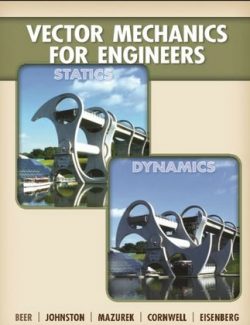
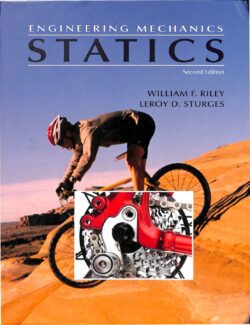
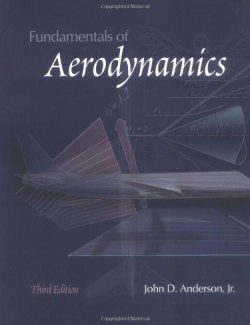



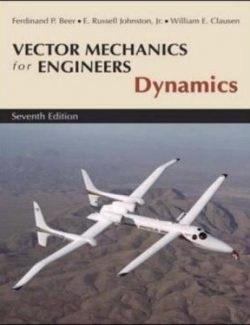
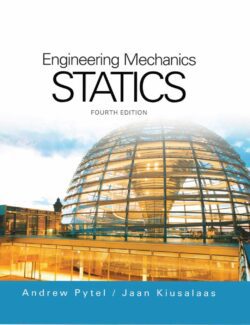
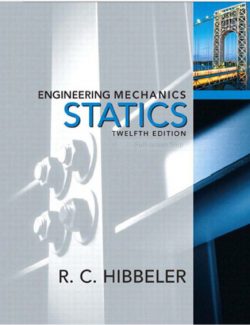

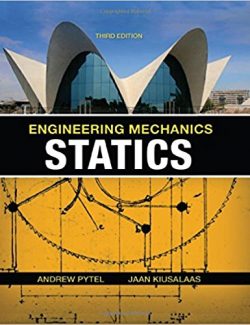
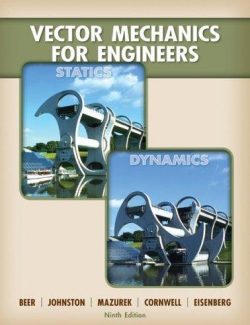
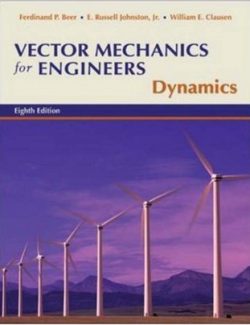
Leave us a comment
1 Comment